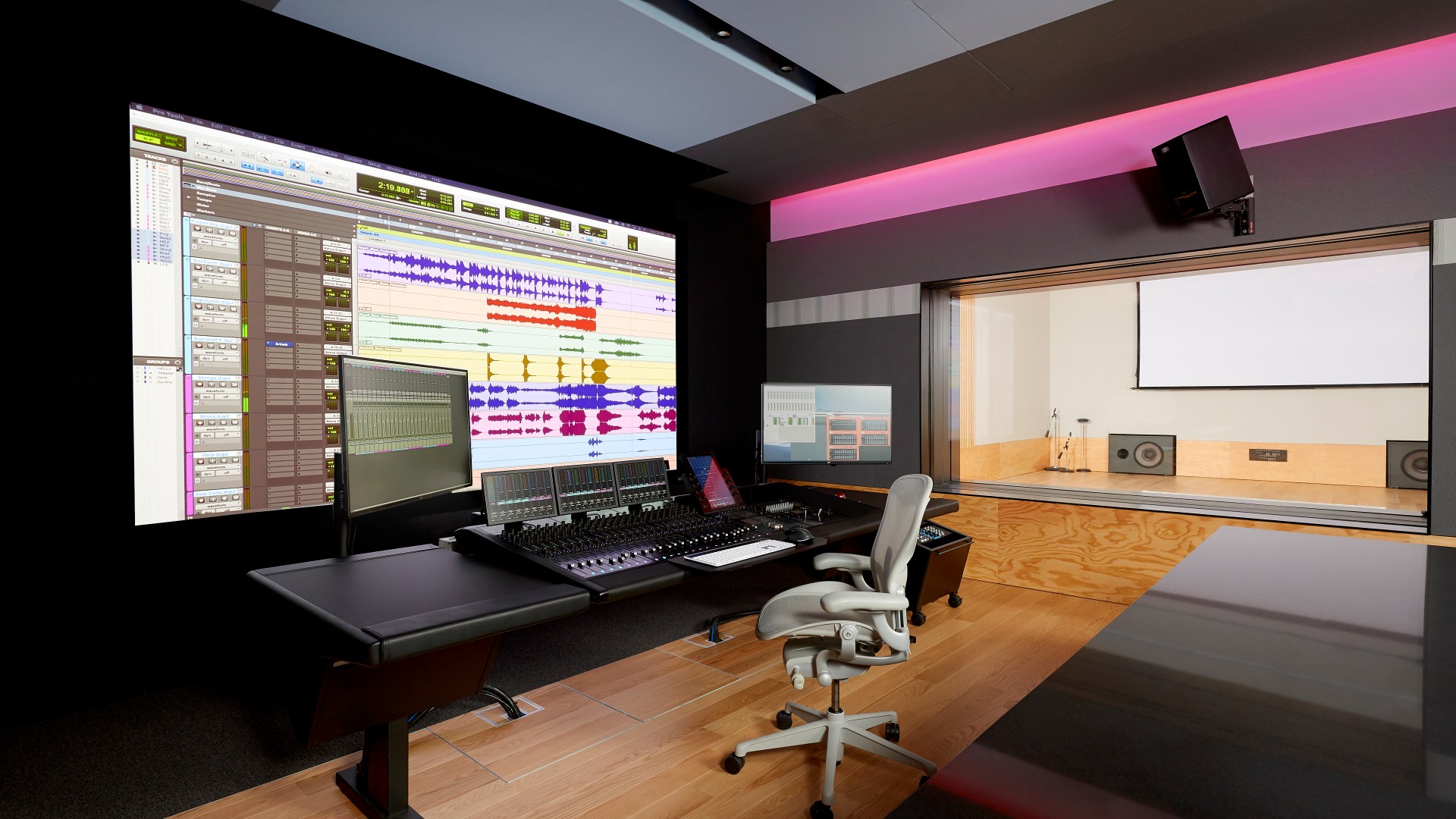Earlier this year, Facebook Messenger had announced Soundmojis which in the simplest terms are emojis with a voice. Soundmojis let users send short sound clips of an array of emojis in the Messenger chat. We previously covered Soundmojis, click here to know more. While the feature continues to grow. Let’s have a look at What Happens Behind the Sounds in Soundmojis.

“We built Soundmojis to be expressive, delightful and surprising. Building for a Soundmoji is different from creating an in-app sound, which often becomes synonymous with the product itself (just think about the classic “pop-ding” you hear when you receive a Messenger notification on your phone).” says Messenger in their blog.
While designing Soundmojis, Messenger took a broader approach and developed sounds that ranged from “on-the-nose to the more abstract” and eventually used a combination of sounds well disturbed and optimized over an array of listening devices. The creation of Soundmojis focused on three design elements:
Focusing on Delight
Facebook focused on creating fun, delightful sounds for the Soundmojis with the aim to make people sending and receiving them laugh. In an example Messenger stated, “we developed a goat ( 🐐) Soundmoji inspired by Facebook CEO Mark Zuckerberg’s pet goats. To get the right sound, we travelled to an organic California farm to record actual goats – they were pretty quiet at first, but once their food came, they became incredibly vocal! After our sound designers worked their magic, removing the background noise and wind from the clip, we ended up with a Goatmoji where the goat truly shined!”
Building for Broad Use Cases
Messenger has a lot of fans around the world. The Soundmojis will be seen, heard and used by people of all kinds. The team has focused on creating sounds that can be translated to a wide range of use cases. For example, clapping/cheering (👏), the “punchline” sound (🥁) used across late night television shows, and even the classic fart sound (💨).
Being Intentional and Contextual
Soundmojis have two components – the sound and the emoji paired with it. Messenger is creating a whole new world with the motive to allow people to communicate and express themselves. “Each Soundmoji needed to fit into the larger context of the user experience, evoke an emotion and create instant understanding. For example, our “plot twist” Soundmoji uses the “astonished face” (😲) and is paired with an orchestral sound clip that can be used to express many dramatic situations.” Messenger says.
Messenger believes that the combination of classic emojis and new audio clips is a representation of a different dimension which gives the users a new way to express themselves!


